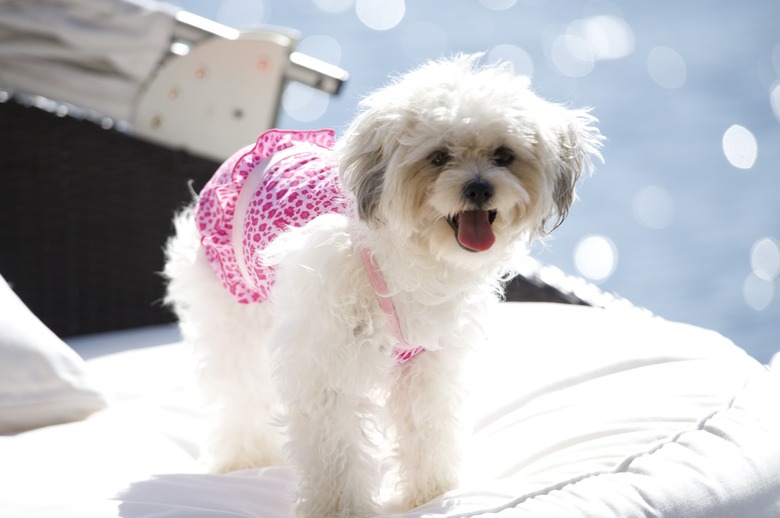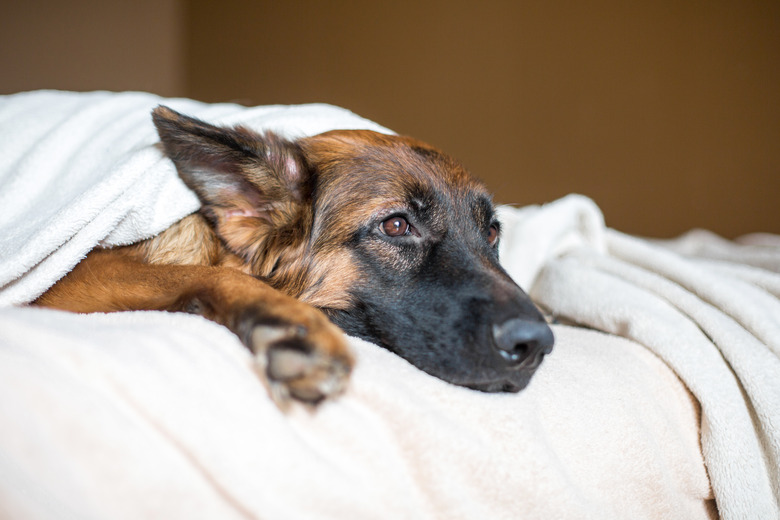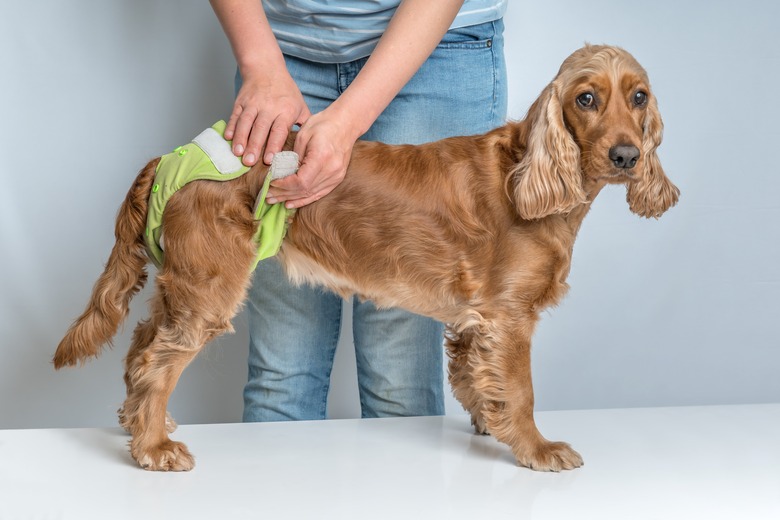How Long Is A Dog's Menstrual Cycle?
The female dog menstrual cycle varies in their longevity and the size of the dog is one factor. On average, a dog menstrual cycle lasts about a half-year to two-thirds of a year, but extremes are four months and almost two years. Most of the time, a female dog's in anestrus, the resting stage of her menstrual cycle. For a period of a week to three weeks of the cycle, she's in heat.
How long does a dog's menstruation last?
How long does a dog's menstruation last?
The size and breed of a dog determine the average age when the first cycle will occur as well as the interval between cycles. How old are dogs when they get their period? Small breeds may be in puberty at 6 months of age, while larger breeds may be 2 years old before entering puberty.
Do girl dogs have periods every month? No, the smaller dogs may cycle as often as three to four times each year. Larger dogs may cycle every eight to nine months; many cycle annually. The largest dogs may go 12 to 18 months or longer.
But the rules are not hard and fast: Some German shepherds, Rottweilers, and chow chows go into heat as frequently as every four months, others every 6 months. Meanwhile, some small breeds, such as the basenji, cycle only once a year. Several other small dogs don't have first heat until they're a year old.
Younger dogs tend to cycle more frequently than older dogs. You can determine an approximation of your dog's menstruation cycle by the time of her second heat if you're vigilant. As the dog ages, you'll see the cycles spaced further apart.
Signs of proestrus in female dogs
Signs of proestrus in female dogs
After a relatively long period of reproductive rest, the "first" stage of a dog's menstrual cycle is the proestrus stage. Proestrus averages 9 to 11 days but can be as short as three days and as long as 21. Canine females have discharge and swelling in the vulva. A female dog will attract males during this stage and may become more playful, but she will not accept them for breeding yet. She may snap at a male or sit so he cannot access her.
Canine females may urinate more often, leaving their scent behind and attracting males. Estrogen levels rise toward the end of proestrus, then they fall, and progesterone levels begin to rise, indicating ovulation.
Estrus is mating time for dogs
Estrus is mating time for dogs
The second stage of a dog's cycle is estrus; some call this the "heat" stage. Others say proestrus and estrus together are heat, and estrus is "standing heat." This is the period when a female is receptive to mating. Estrus lasts an average of nine to 11 days, like proestrus, with extremes of three days and 21 days. The vaginal discharge will tinge pink with blood and then turn to clear. She may stand in place, or she may back up to an available male and move her tail aside to allow the male to sniff and mount her.
Mating affects the diestrus period
Mating affects the diestrus period
The diestrus stage, when a female dog goes out of heat, lasts approximately 63 days in a pregnant female, and she'll have babies at the end. Females who are not bred have diestrus stages of 60 to 90 days. Discharge ceases in this stage. Progesterone levels fall when either the female dog has successfully mated or the stage ends if she has not.
Anestrus is a rest period
Anestrus is a rest period
One more stage of the female dog period cycle exists. The anestrus period of a dog's menstrual cycle is a period of rest. It gives the dog's physiology time to prepare for the start of a new cycle. It's the longest stage of the cycle, for all dogs. The anestrus stage lasts four to five months in dogs who go into heat twice a year; it can be briefer for dogs who cycle more quickly, and it can last for much longer than a year in those who cycle once a year or less frequently. Sex hormones are low during this stage, the desire to breed is gone.


